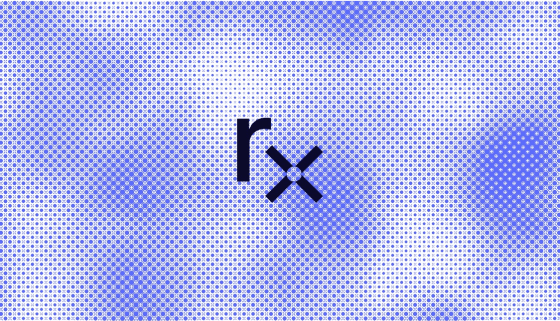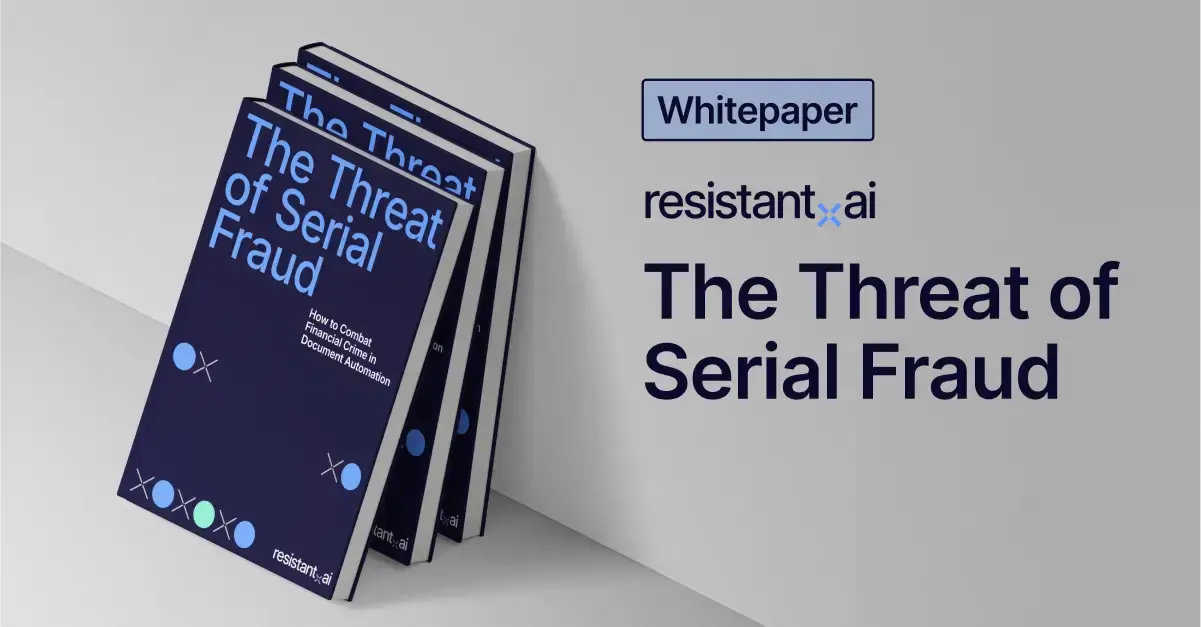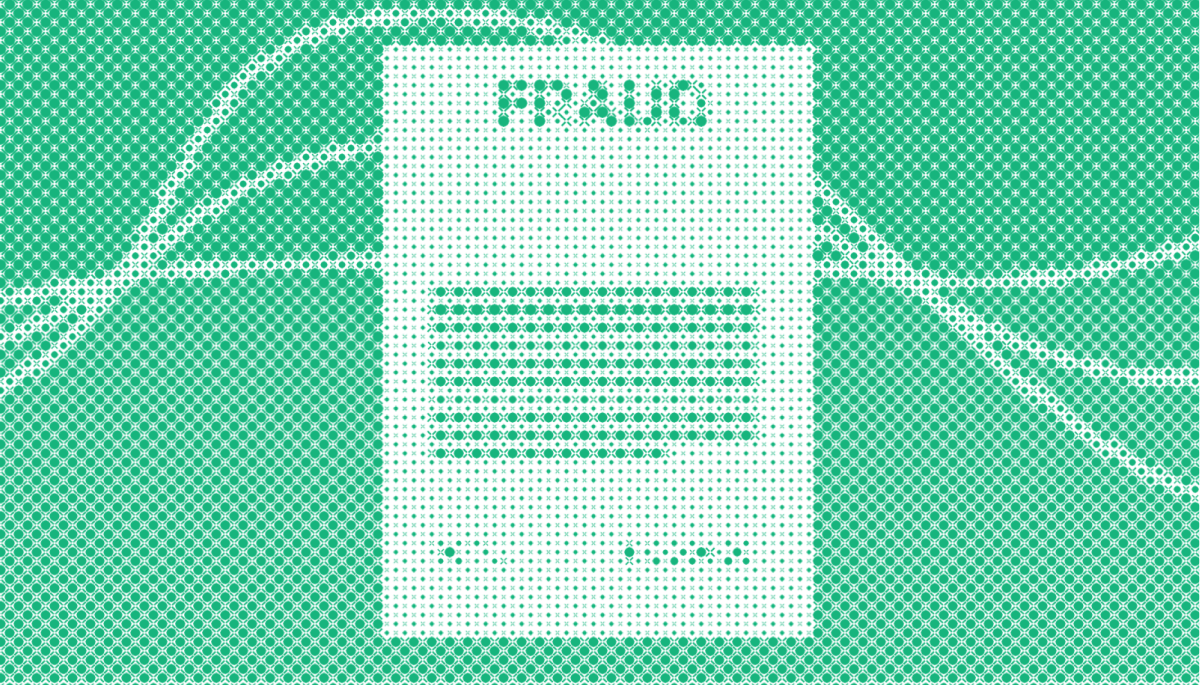
You might be interested in










If you’re a bank, fintech company, payment institution, or money services business, it’s a hard truth that there are organized crime groups using your services — and while doing so, they’re going undetected.
Some of these groups might take the form of fraudsters using easy-to-open accounts to quickly cash out defrauded money, and you’ll learn about them through reports of customers who got scammed (or alternatively, you can leverage our anti-fraud solution to catch them early). They might be resellers of stolen antiques with very happy customers, and you might never detect their illicit activity.
In addition to these groups, there are other criminals using your services that may be human traffickers.
Human trafficking is the recruitment, movement, and holding of people against their will for the purpose of forced labor. This includes sex trafficking, child trafficking, and modern slavery. Victims are, predominantly, trafficked into working on construction sites and into sex work. The 2021 global estimates say that 50 million people are currently in modern slavery conditions, and this presents a 20% increase from the previous decade — and these numbers still don’t give the full picture of the extent of modern human trafficking. This is because there’s a fine line between what might have started with consent and turned into forced labor, and moreover, it’s important to acknowledge that many victims don’t speak out either during or after escaping from trafficking situations due to the heavy psychological toll and trauma.
Fortunately, there’s something positive that financial institutions can proactively do to help: By using the right data and asking the right questions, your organization can greatly improve its chances of detecting human trafficking.
When considering how instances of human trafficking come across in data, it’s first important to understand how traffickers’ systems work.
When done for profit, trafficking tends to be done at scale and in a generally organized manner. Designated individuals will have a specific role at different stages, from recruitment, transport, and lodging to the stage of profiteering from forced labor. The crimes and systems used by human traffickers — in other words, those conducted at scale and in an organized manner — will display detectable patterns. This is significant for those combating financial crime, since the larger the scale, the higher the probability that the criminals will make a lazy mistake or leave a more discernible trail.
It’s important to note that many of the risk factors indicative of human trafficking are the same as the ones well known to anti-money laundering analysts: The predominant use of cash, prepaid cards, deposits through smurfing, and other structuring attempts.
In order to distinguish human trafficking from laundering the proceeds of other predicate crimes, we must look at the expenses involved, which tell us a story. As a financial institution or service provider, there are a few key initial steps to uncover this story in your data.
The first step to solving a problem is acknowledging that it exists (and expressing the will to address it) — this is also a wise first step when approaching the issue of detecting human trafficking activity.
The UN Guiding Principles on Business and Human Rights require business to account for human rights risks, however; this is often reduced to a policy that explicitly denounces modern slavery and is applied mostly for vendor due diligence and forming a larger part of the ethical Code of Conduct.
In the business of anti-financial crime compliance, problem definition tends to be much more explicit — in other words, “If my regulator requires me to detect and report on human trafficking suspicions, I will do so”. And many regulators do: For example, the Financial Transactions and Reports Analysis Centre of Canada (FINTRAC) requires the supervised industry to explicitly label their suspicious activity reports (SARs) or suspicious transaction reports (STRs) when the reported activity includes suspicion of human trafficking.
This regulatory requirement is directly reflected in firms’ risk assessments and forces firms to:
The proof is in the numbers: FINTRAC saw a 350% increase in reporting related to human trafficking a year after publishing its Project PROTECT guidance in 2015.
To put things simply, your organization will not be successful in detecting human trafficking without making a conscious effort to look for it. For this reason, naming the problem and establishing a structured framework for addressing it can go a long way.
Once the problem statement has been reflected in your organization’s risk assessment and control framework, the next step is to ensure that you’re obtaining the right kind of data about customers and their activity. This is ultimately the only way that financial institutions and solution providers can detect human trafficking (and all other predicate crimes, as a matter of fact).
In this step, context is crucial — and to gain context, data is king.
Let’s say that you’re looking at a transaction with the value of $10,000 going to an airline. This could be a family of four flying to a nice vacation in Hawaii, or alternatively, it could be a trafficker moving a group of 20 minors on a one-way flight from their home country. Having merchant detail from the shopping cart reflected in the transaction allows us to carry out this kind of analysis.
For the contextualization of the expenses, there are certain data fields that are immensely important. These fields are ones that each payment provider collects, such as geographical locations or time stamps.
To continue with the example above, let’s suppose that we lack the merchant info about what kind of flight was purchased. However, when we discover that the customer has withdrawn money or paid with their payment card in Stockholm and Vienna a few hours apart, we don’t need the merchant info about the kind of flight that was purchased. Digital footprints and device fingerprinting are extremely powerful tools.
The primary reaction to these suggestions might be that you don’t want your payment provider and bank to have complete visibility of your shopping cart (or many other things, as a matter of fact), and that is fair. However, this kind of data already exists and is often leveraged for marketing purposes. The main point is that anti-financial crime teams should ensure that their transaction monitoring systems and investigations have access to as much of the story as possible to allow them to detect criminal activities and piece together the crimes of organized networks.
This crime is done for profit and — because criminals want to get away with it — profits of their crimes need to be disguised. So when detecting human trafficking from a transactional perspective, it’s important to look for standard money laundering typologies. Once your transaction monitoring detects suspicions of money-laundering, start asking your data whether the expenses preceding it suggest human trafficking activities. Coming back to the question of what human trafficking looks like in your data, combinations of recruitment, transport, lodging expenses, including use of prepaid phones and debit cards are high level indicators.
It is, of course, naive to think that all of this would be visible from a single account and that a human trafficker would serve us this data on a silver platter. Advanced clustering and network threat propagation are an essential functionality to the detection of organized crime. Furthermore, the analysis needs to be conducted across the network of accounts connected by suspicious activity.
It’s equally as important to examine not only what’s in the data, but also any information that’s missing from it. Here’s what that could mean in the case of business accounts:
Although the existence of these transactions doesn’t guarantee that a customer doesn’t engage in human trafficking, their absence can be very telling.
In addition to the steps that we’ve laid out above, there are things that your organization can get started with today in order to begin bolstering your anti-money laundering program to combat organized crimes. We recommend speaking with your organization’s compliance officer and asking them the following three questions:
There’s a long way to go until the capabilities to detect human trafficking activity will catch up to the rates at which it’s carried out. With this being the case, it’s clear that organizations must make a deliberate choice to establish specifically designed anti-money laundering policies, procedures, training, and technology to capture it in their data.
Get in touch with our team to learn about our Transaction Forensics solution and how it can help your anti-financial crime program detect human trafficking as well as other organized crime.


